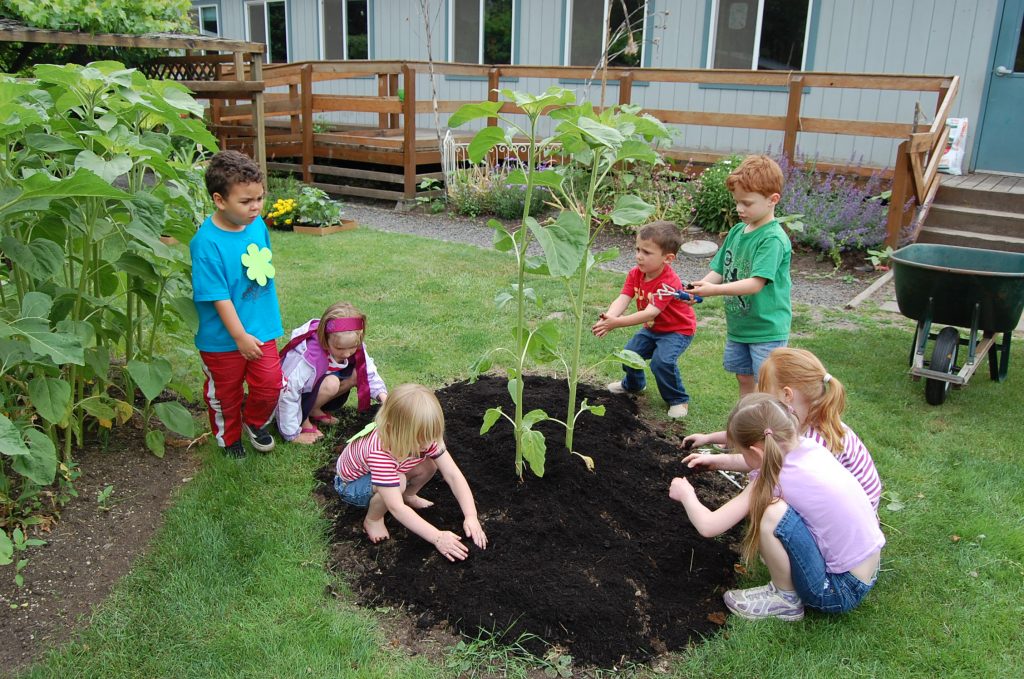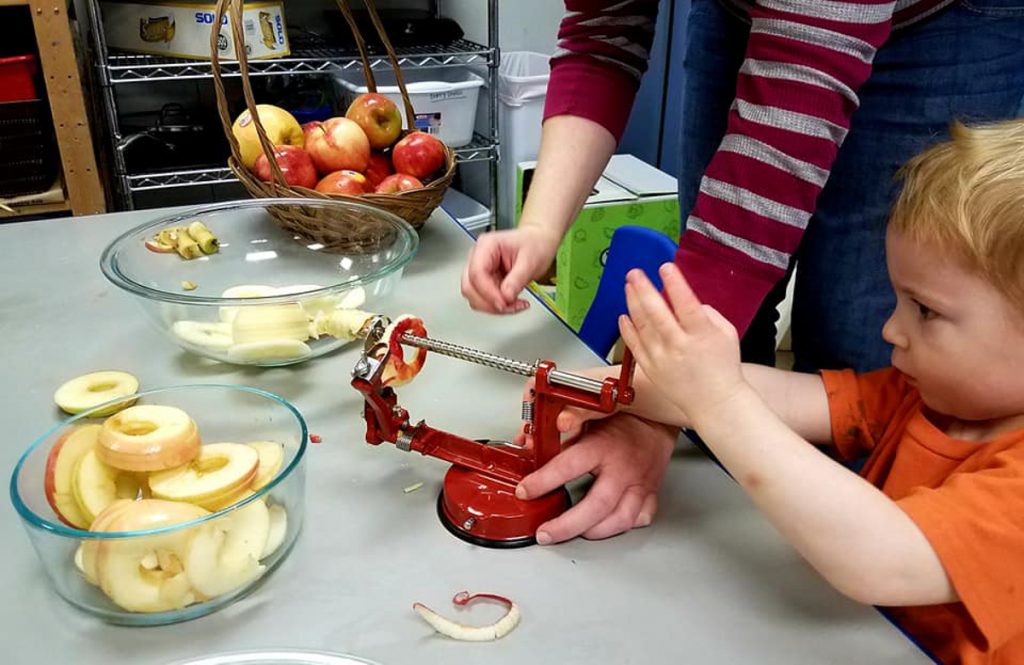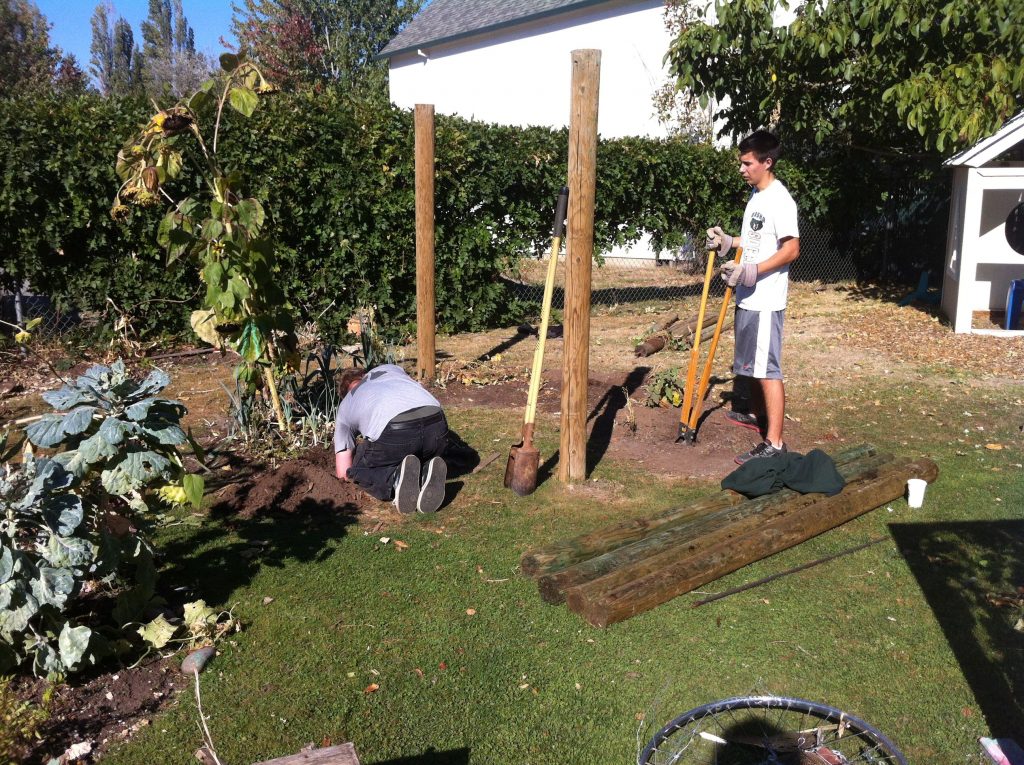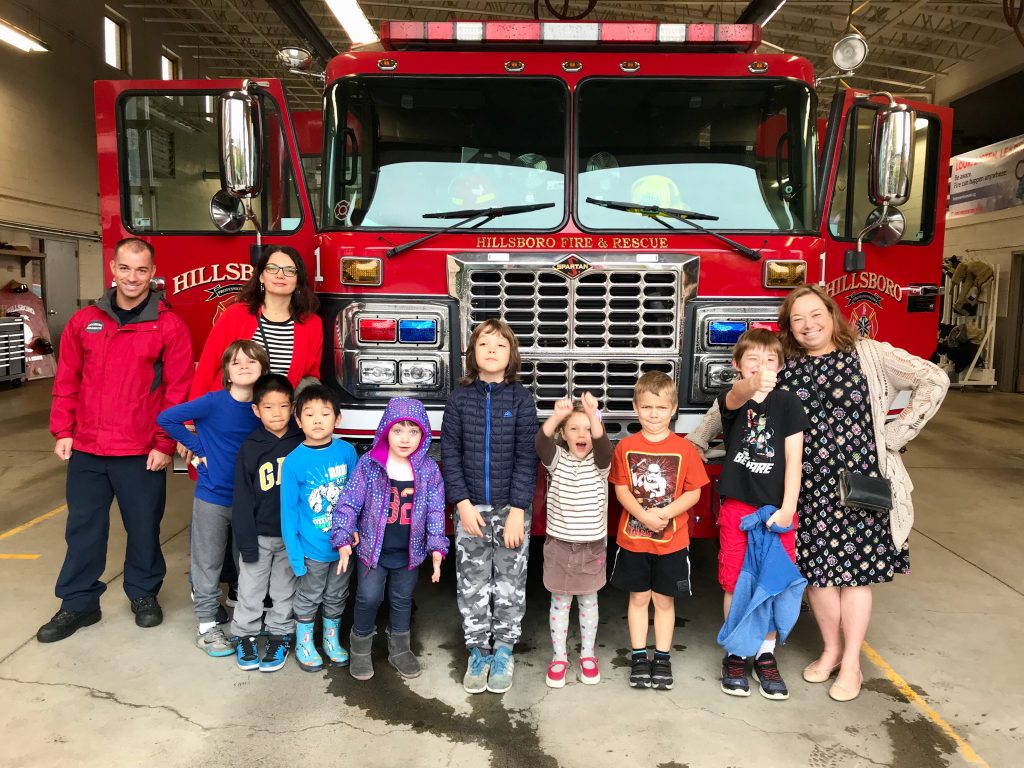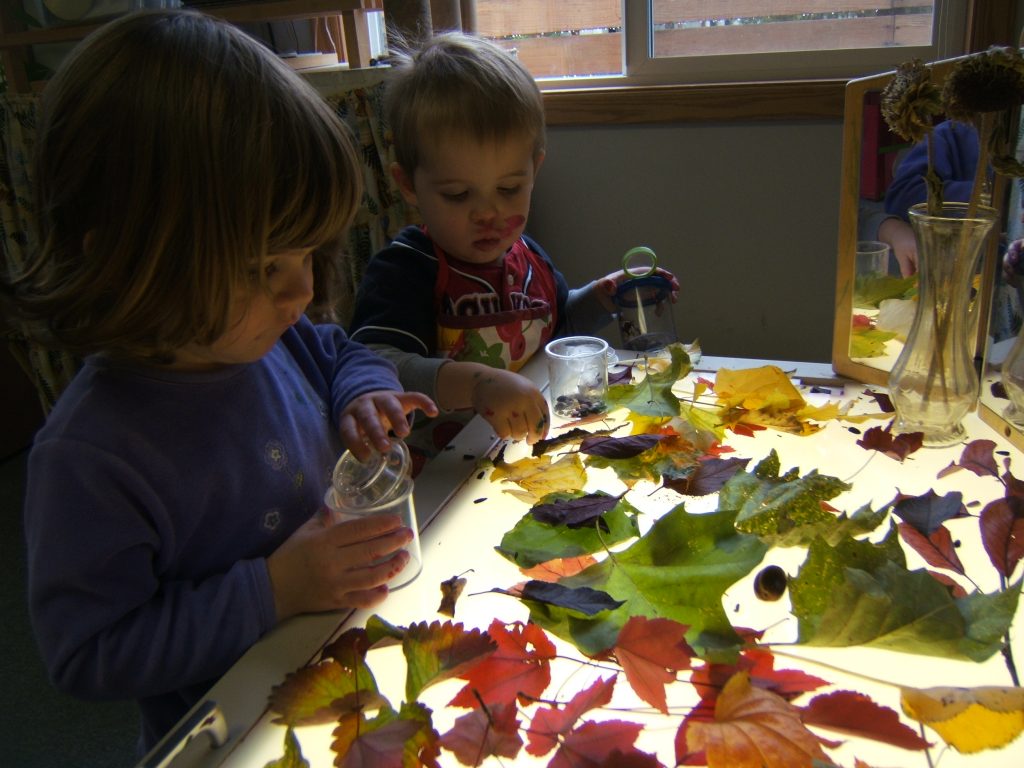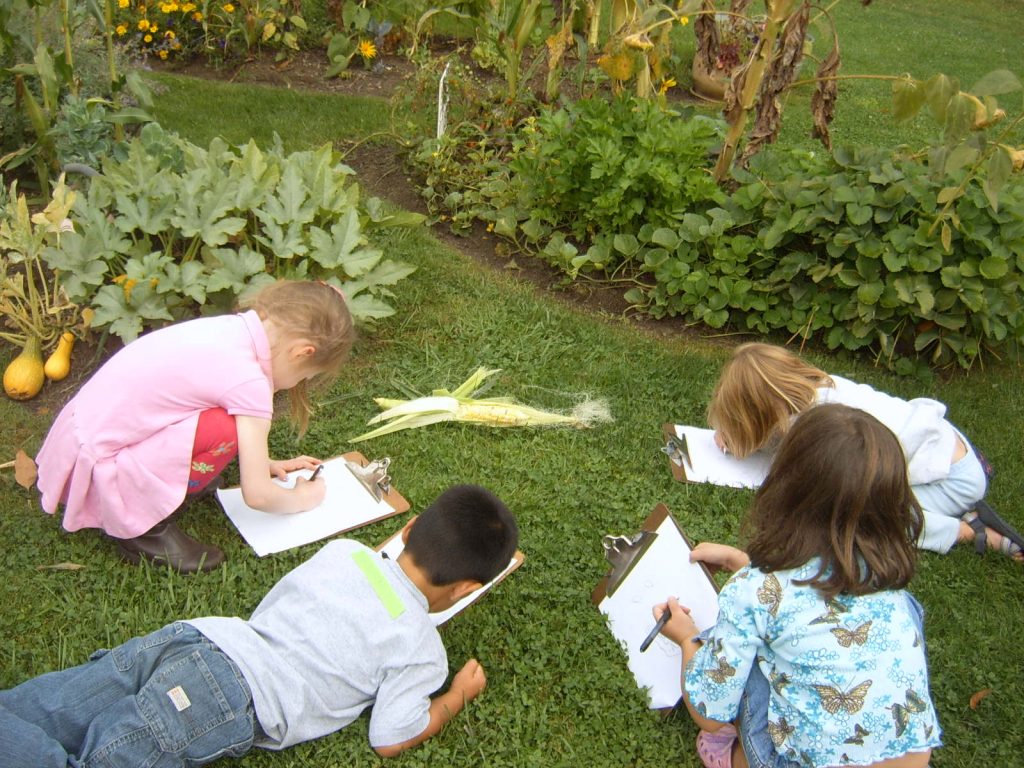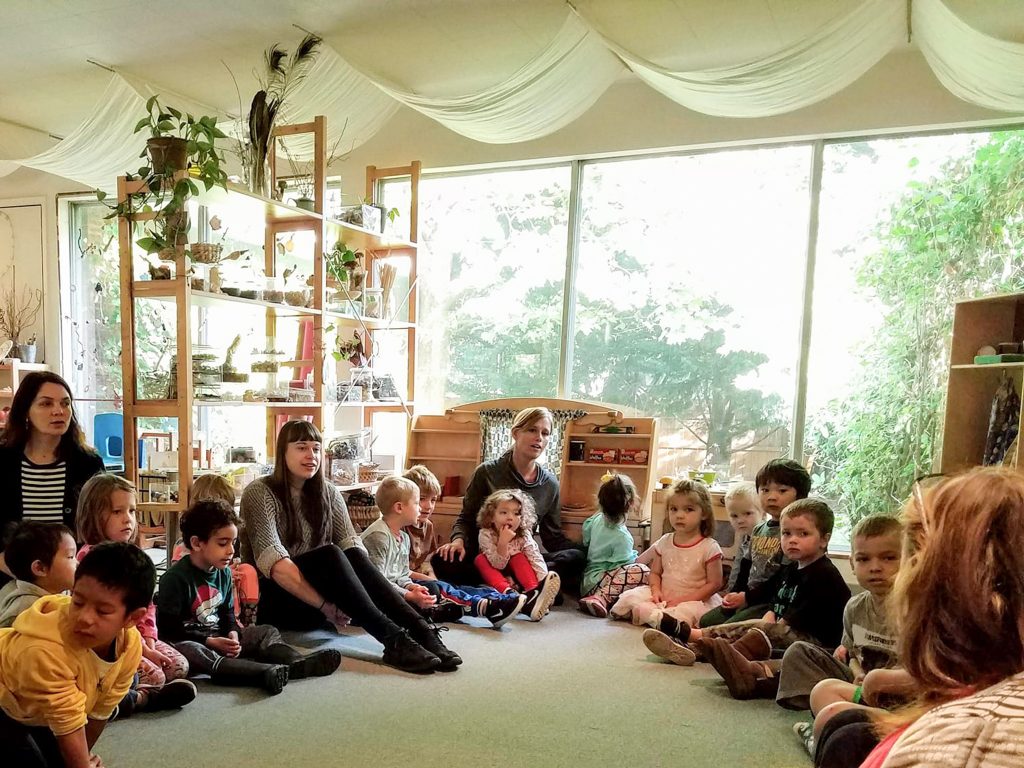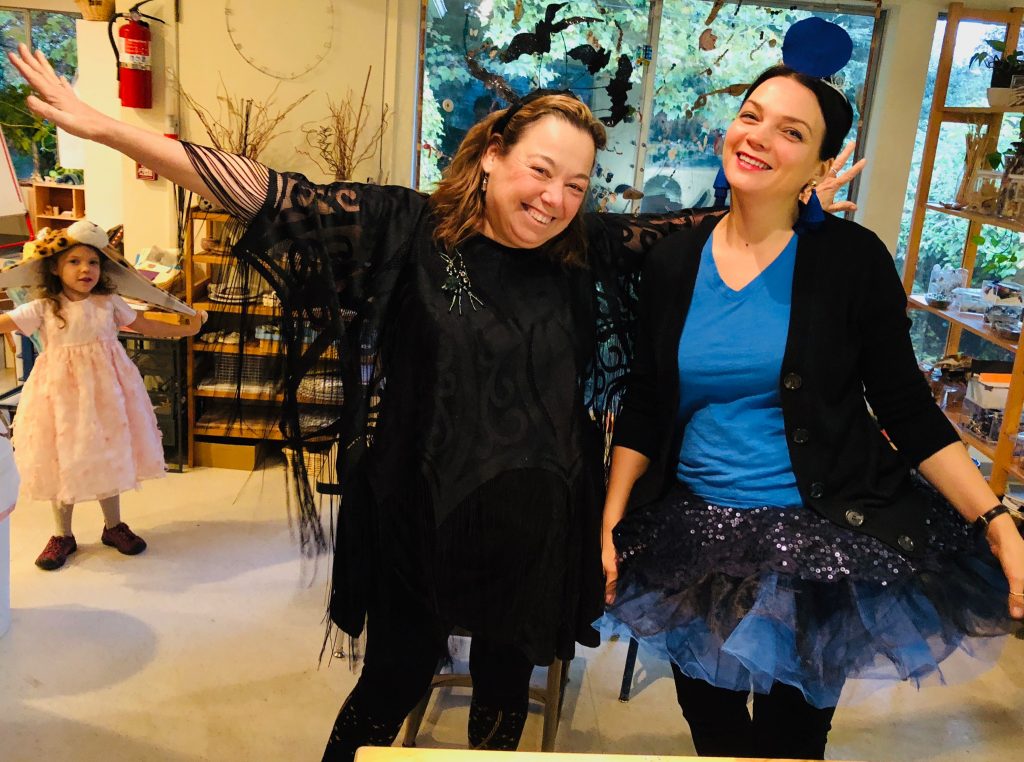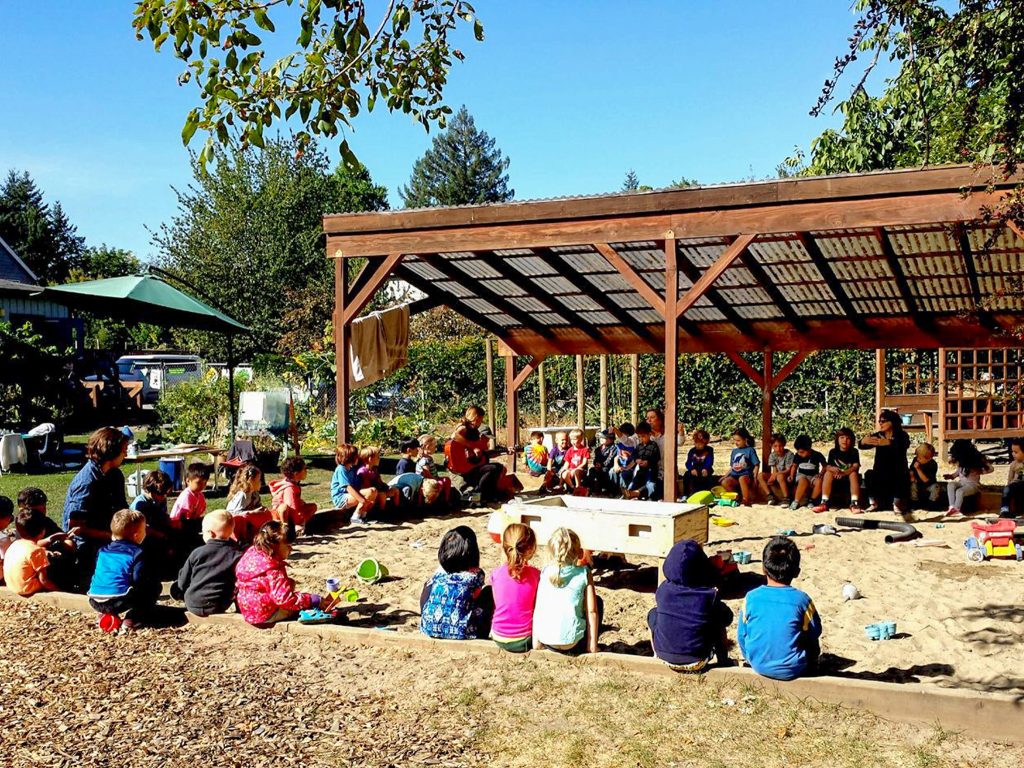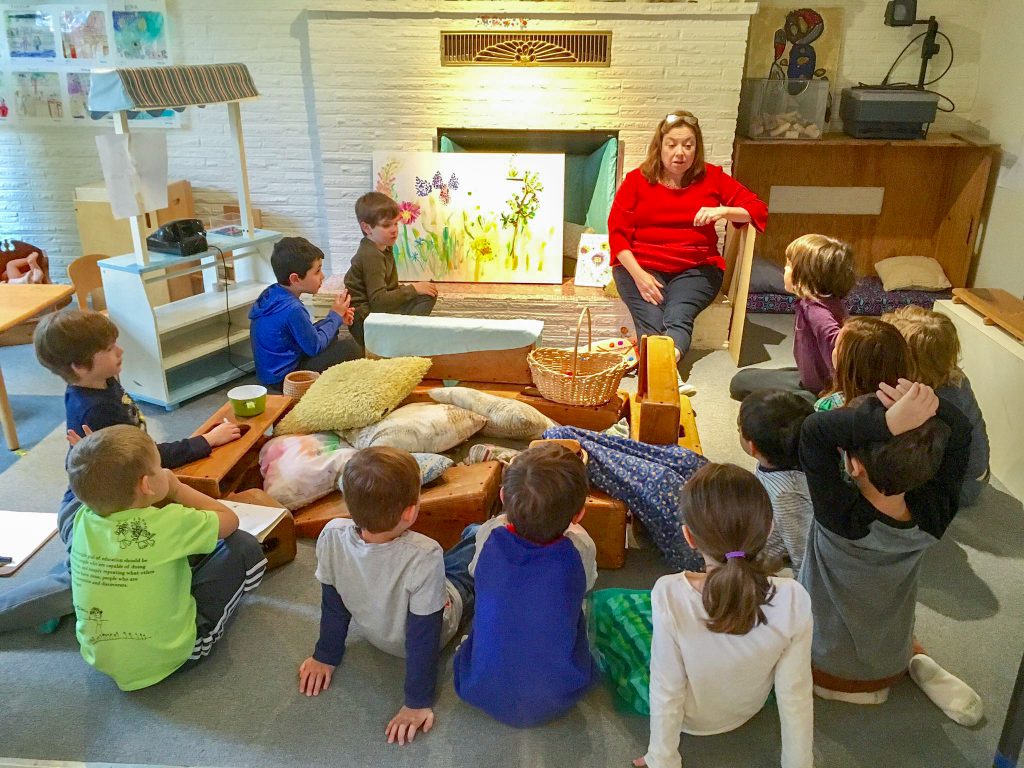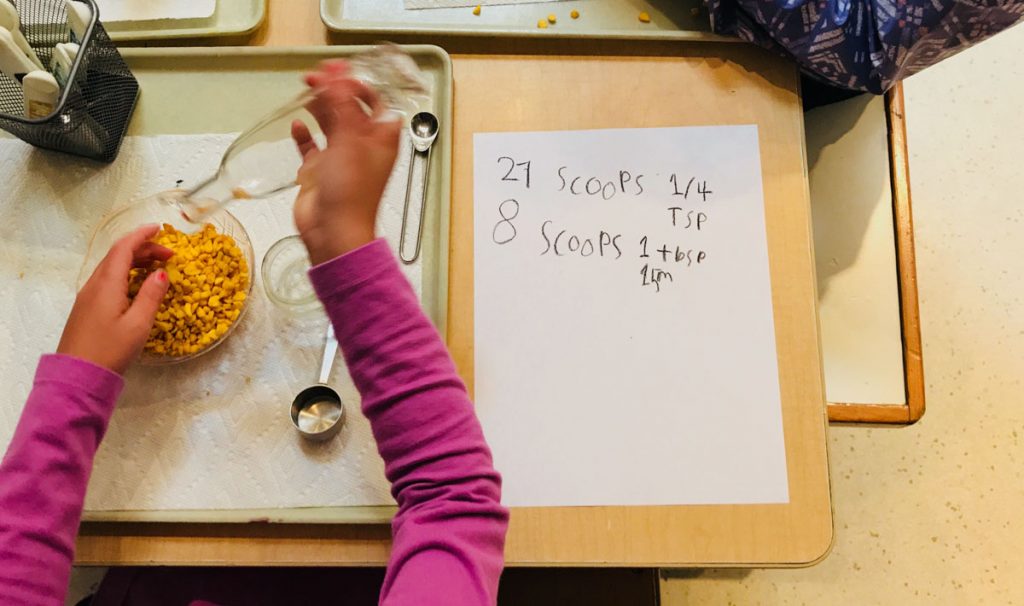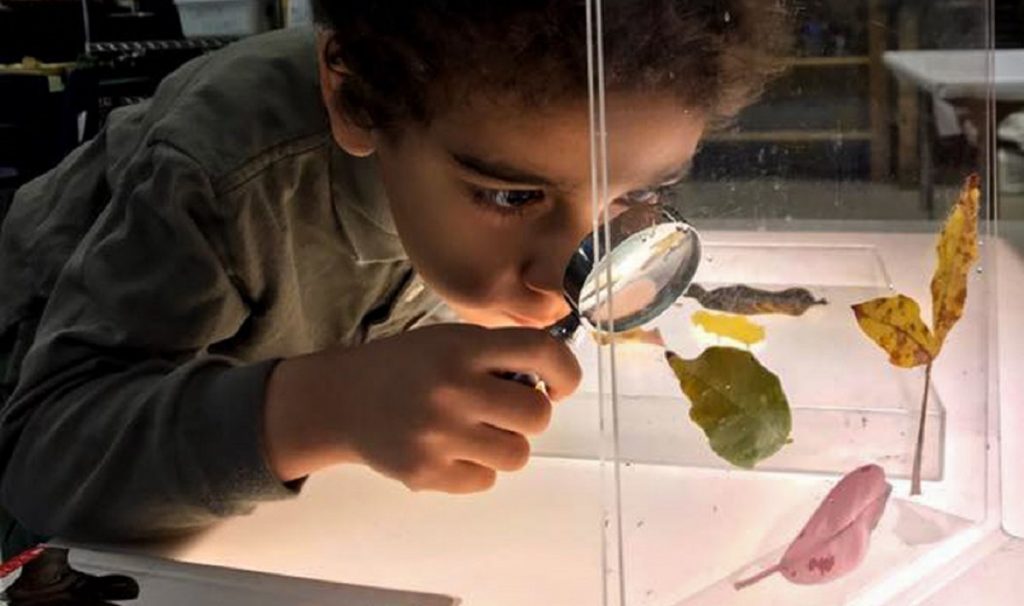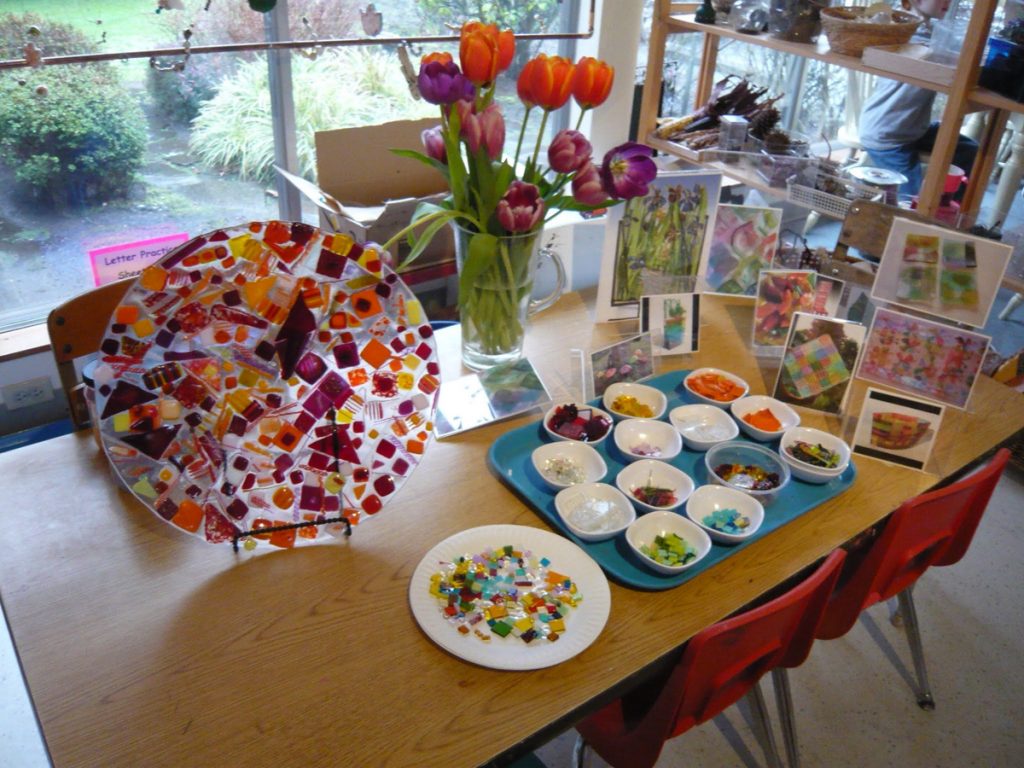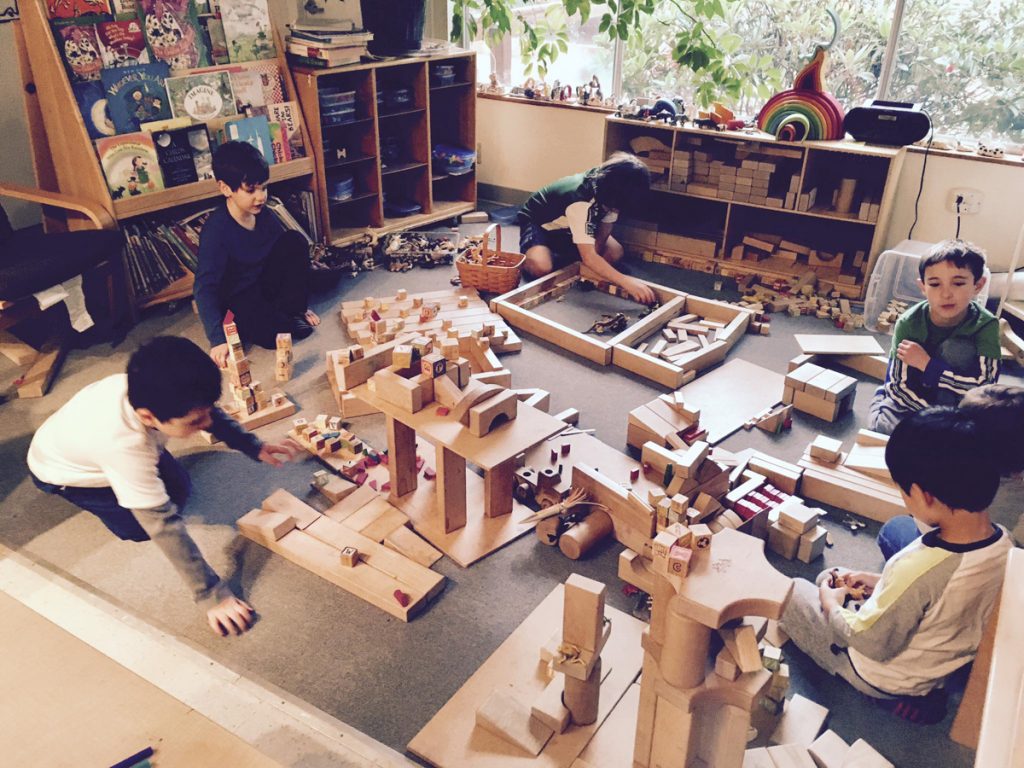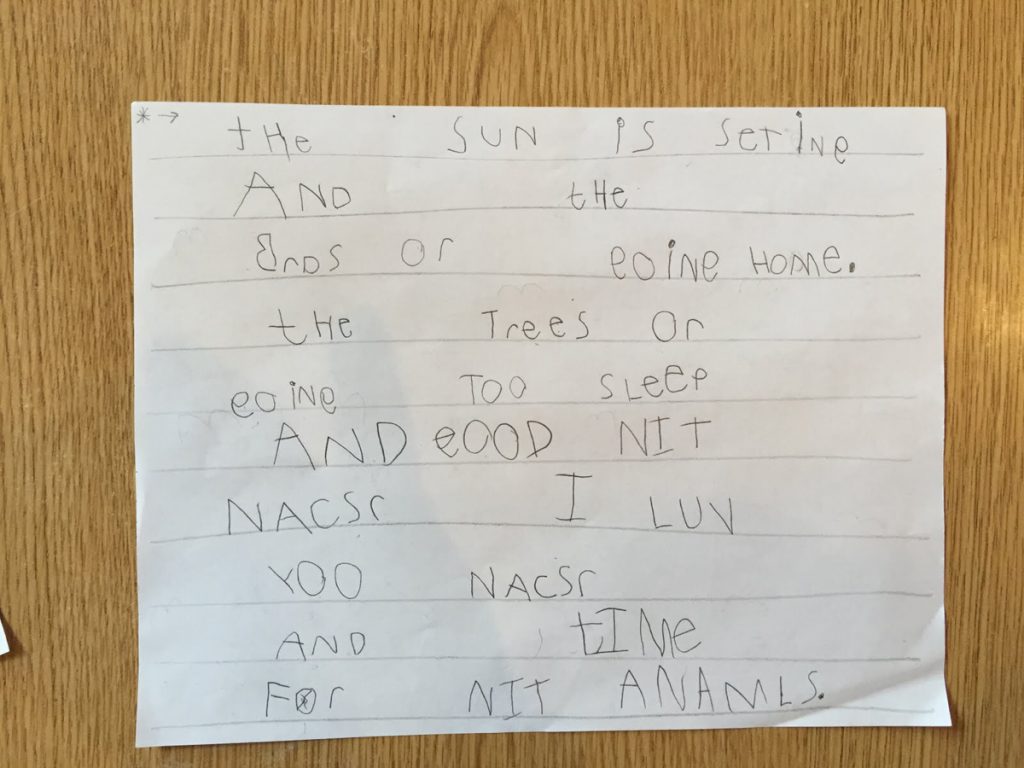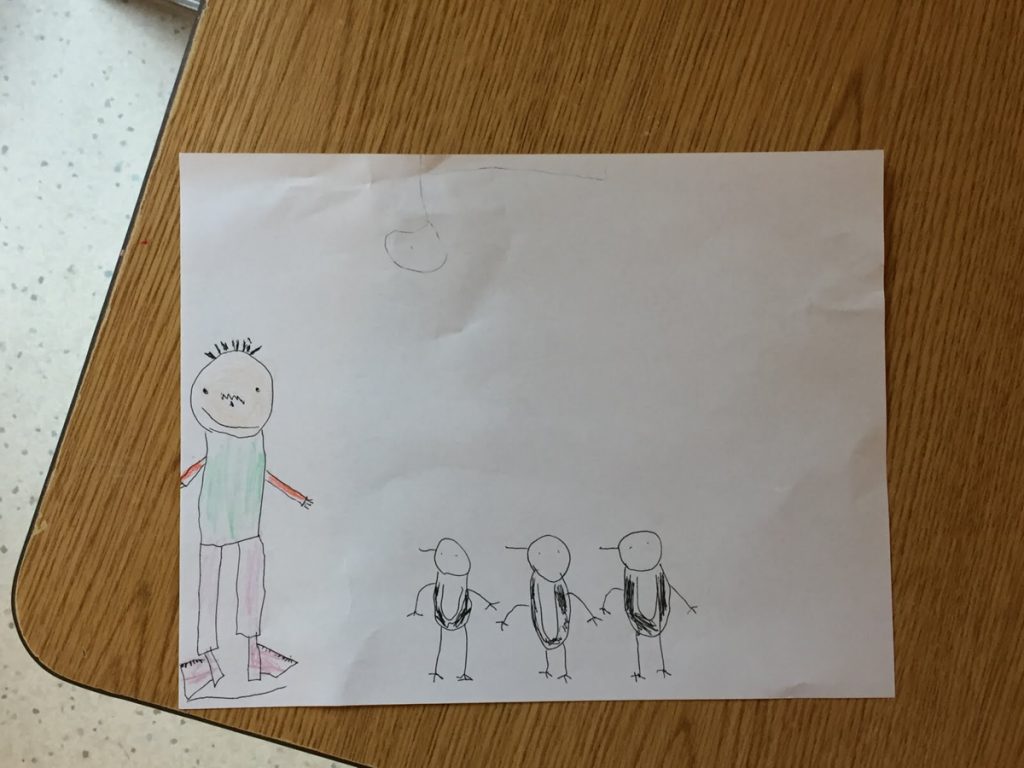About Us
CCC embraces constructivist education while incorporating the Reggio Approach to projects and learning. Constructivism is not a “method” of teaching, but rather a theory regarding how we all learn. Constructivist educators put the emphasis on the process, and instead of how “best to teach”, we strive for “how best to learn”.
Here’s a glimpse of some of the guiding principles to the Reggio-inspired approach to early childhood education. Dr. Rebecca Isbell prepared this summary. In parentheses are some of the ways you may see these values at CCC.
The Image Of The Child: All children have potential, construct their own learning, and are capable.
Community and System: Children, family, teachers, parents and community are interactive and work together. (Parents in the classroom, regular class
meetings, ongoing research with teachers and parents in the community setting).
Interest In Environment And Beauty: School and classrooms are beautiful places. (Bringing nature into the class—bugs, flowers, wood, natural items).
Collaboration By Teachers: Team, partners, working together, sharing information, sharing in projects. (Staff working together in constant collaboration about ongoing projects, etc.).
Time Not Set By Clock: Respect for children’s pace, time table, stay with teachers for several years, and relationships remain constant.
(Honoring children’s ideas, allowing everyone a chance to share at circle time, looping multi-age classes with the same teacher).
Emergent Curriculum/Projects: Child-centered, following their interest, returning again and again to add new insights. (Allowing curriculum to emerge as
children show interest; for example, Sunshine Kids started a study of paper when the children took paper lines and started creating shapes).
Environmental Stimulation: Encourages activity, involvement, discovery and using a variety of media. (Children can communicate in hundred different
languages; we have a studio full of supplies for them to share their thoughts).
Documentation: Observing, recording, thinking and showing children’s learning. (In the documentation, writing, photos, etc.; we can all learn from the children. We see parents and teachers as co-researchers on this educational journey).


